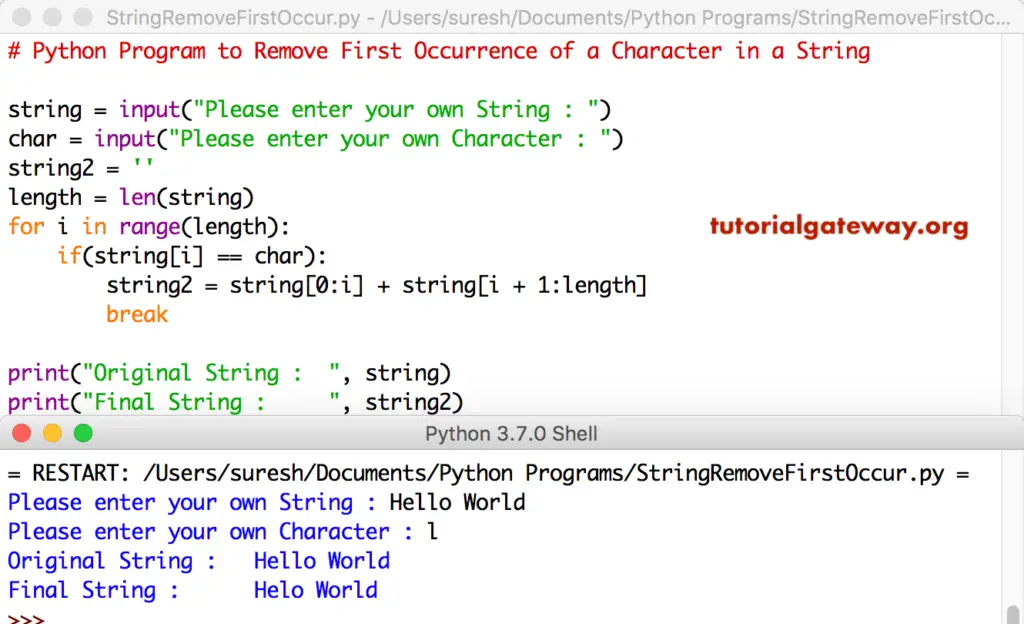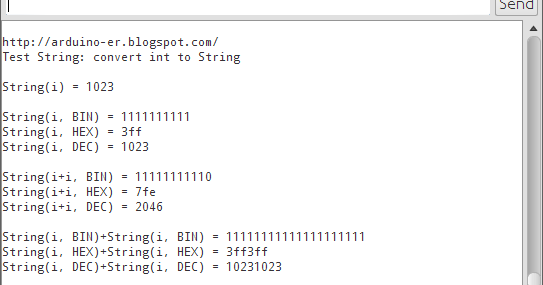

If you define k = “10,” Python understands that you want to store the integer 10 as a string.Īlthough numerous other number systems, such as binary and hexadecimal, use different bases to represent an integer.įor instance, you can represent the number one hundred and ten(110) in binary and hexadecimal as 1101110 and 6e, respectively. Of course, you can also use the String literal to store an integer. To store an integer value as an int in Python, assign a number to any variable, which will become an integer data type.
#CONVERT INT TO STRING PYTHON HOW TO#
Let’s see how to convert back to String from integer. You can see from the output that we have successfully converted a string to an integer in Python. Print("After converting Python String to Integer")Īfter converting Python String to Integer The general syntax looks something like this: int(str). The int() is a built-in function that accepts the initial string and the optional base representing the data and returns an integer. To convert or cast a string to an int in Python, you can use the int() built-in function. In real-world projects, data comes in any format, and to compute that data properly, we need to convert from one data type to another without losing its value. You may need to convert strings to numbers or integers and then compare them. We need to convert a string to an integer because if you receive a string as input from a user, you need to use that string as a number in your program.Īnother use case is as a developer you may need to compare two numbers represented as strings.

Several data types in Python are used to store data, including numbers, Booleans, and lists.

Python needs to store different sorts of data using different data types. Converting one data type to another is called type casting or conversion. Python provides built-in methods to convert a value from one data type to another.


 0 kommentar(er)
0 kommentar(er)
